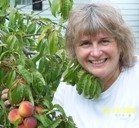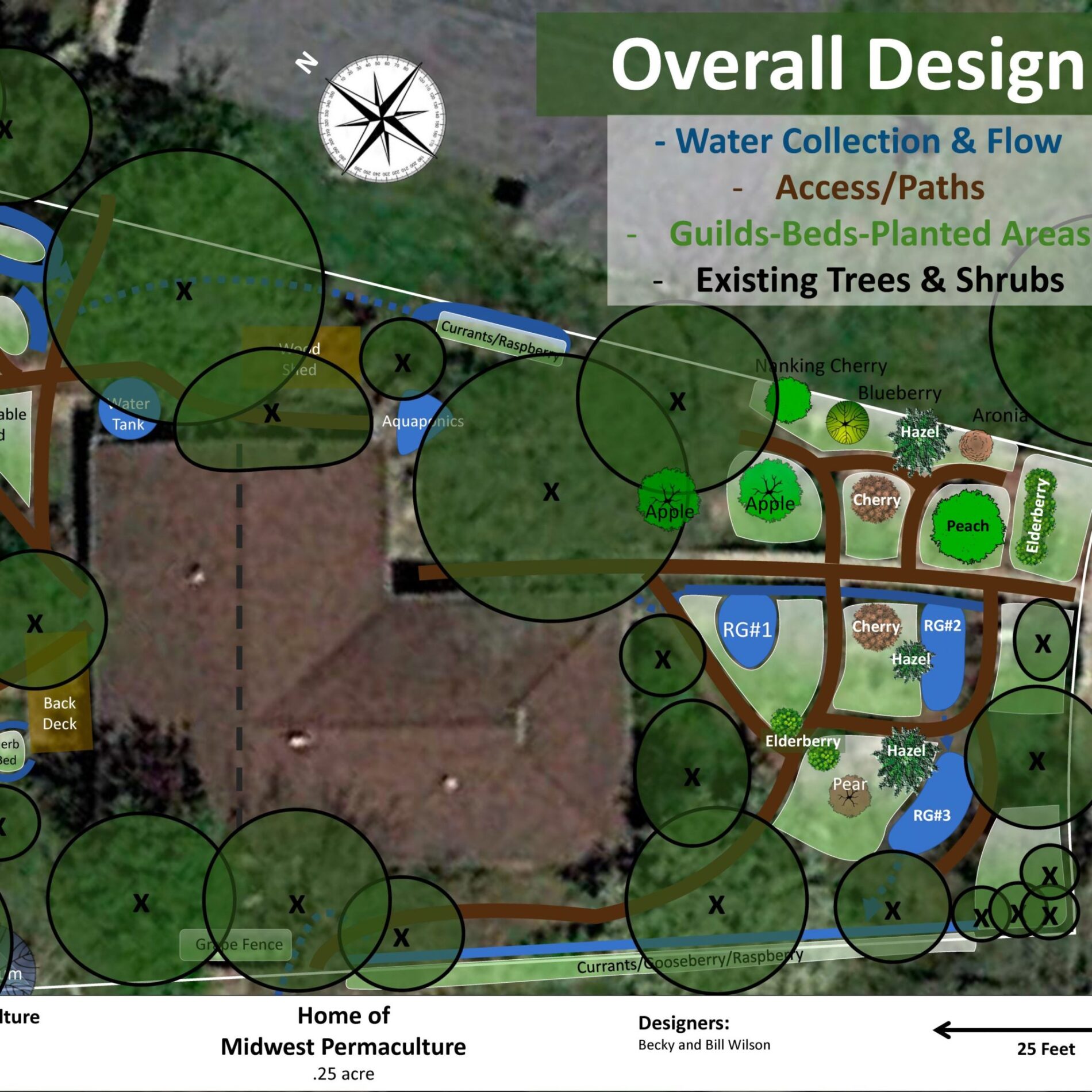Our Internationally Recognized, 72-Hour
Permaculture Design Course (PDC)
Online
How Does this Work?
- Purchase the Course to Gain Immediate Access to all 29-sessions and Resources
- Start at the Beginning Work Your Way Through At Your Own Pace
- To Earn the PDC Certificate; Take Notes and do the 8-Exercises
- Work Completely Independently ...or... Join us for 9-Weekly Support Sessions (see below)
- Includes a 30-minute Private Consultation with Bill
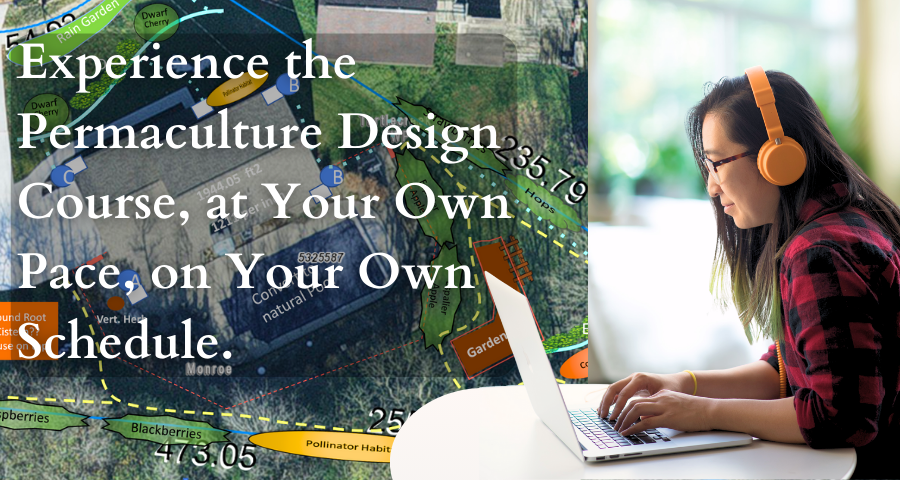

Free Weekly Support/Review Sessions
Completely Optional but Incredibly Useful
We’ll Review the Entire PDC Course over a 9-week Period, 4-Times per Year
Ask your Questions to Bill Wilson Live


We know that moving through a large course like this can be challenging to do alone. That is why we are offering the option to walk through the course with Bill and others on the MWP teaching team. Over a recurring 9-week period, we will meet with interested students via Zoom to discuss specific course sessions in a timely manner. Each week you will want to set aside 6-8 hours to review the course content, take notes if you are interested in earning the PDC Certificate, complete any short exercises we offer and then, join us on Monday evenings to discuss the scheduled content. Over Zoom you will be able to ask questions, share your thoughts, and hear what other students have to say about the topics covered. We will also share with you our thoughts and highlights on what the key takeaways are from each section of the course.
Monday Evenings – 7:00-8:30 Central Time USA
https://us06web.zoom.us/j/86863735311?pwd=M85HRHCCuQnAMFK19Gj1cZ4GSERU2I.1
Below is the Scheduled Content for Each Week
For Reference:
FOP (Foundations of Permaculture) is our original introductory webinar series that includes 11 webinars.
‘THE MAIN COURSE’ includes the live zoom recordings of Sessions #1-#18 from our 93rd PDC course.
Week 1
– FOP Webinar Series & Session #1 from the Main Course
– Foundations; Great Alchemists; Source of Abundance
Week 2
– Main Course Sessions #2 & #3
– Earthworks; Mollison; Midwest Permaculture Yard Tour
Week 3
– Main Course Sessions #4 & #5
– Earthworks; Clay Model; CSC Tour; Soils (part 1)
Week 4
– Sessions #6 & #7
– Soils (parts 2 & 3); Plants; Propagation; Sepp Holzer
Week 5
– Sessions #8 & #9
– Gardening; Food-Scaping; Heart of Permaculture
Week 6
– Sessions #10 & #11
– Residential Design; Alternative Energy; Animals in Perm
Week 7
– Sessions #12 & #13
– Built Environment; Farming (part 1); Mushrooms
Week 8
– Sessions #14 & #15
– Farming (part 2); Aquaculture; Ponds; Authentic Wealth
Week 9
– Sessions #16 & #17
– Final Design Presentations; Agraria; Welcome
And don’t feel stuck if you might have to miss one or more sessions. There is no obligation here. We’ll be in each week when you can make it. We will also record each session in a series so participants can listen in if missed.
And if you have a specific project you are interested in designing, like your own property, we’ll be able to look over your shoulder during the final design segments to make suggestions. If you would still like design assistance following the course we offer discounted consulting fees to our students.
Permaculture design is a tool we can use to create beauty, wonder and abundance in our world. We hope you can join us to further unlock the brilliant content of the permaculture design course.
Warmly… MWP Teaching Team
Sample the Course!
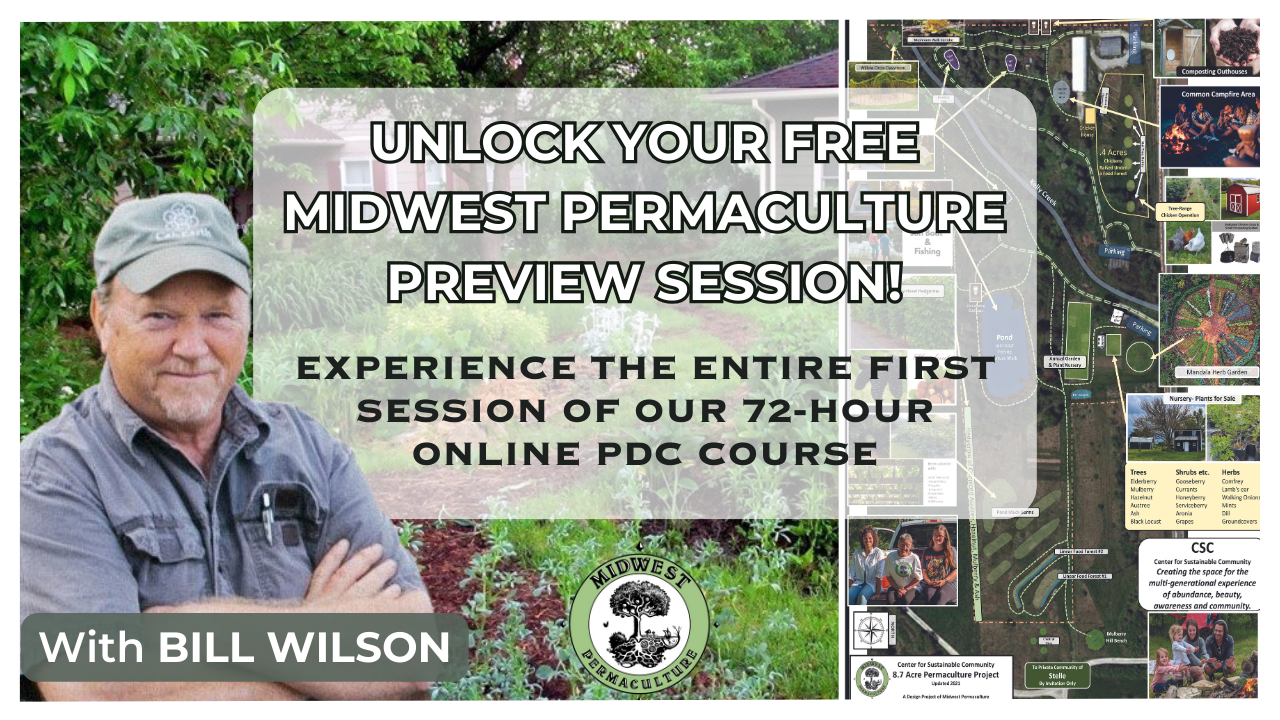
By signing up, you'll receive occasional email newsletters with valuable permaculture insights and updates on our courses. We respect your privacy and won't send spam. You can unsubscribe at any time.
This Course Covers How To:
- How to approach a permaculture design in the best order.
- How to create that design, step-by-step
- If, where and how to hold water on the landscape
- Grow food while restoring soil and enhancing wildlife
- Design lovely and long-lasting homes, homesteads and farms
- Produce the power and materials we need from renewable sources
- Build successful people-oriented communities
- Repair environmentally damaged lands
- Find or create enjoyable work that serves a greater good
- And so much more...
All by using the 12 permaculture principles and applying the Permaculture Ethics of:
– Care of People –
– Care of Earth –
– Care of the Future –
“Within a Permaculture designed system, wastes become resources, productivity and yields increase, work is minimized, and the environment is restored.”
Bill Mollison
Permaculture's Founder
The Option to Earn your Certificate - Or Not
The price of our online certificate course is $695, which is less than 1/2 the price of our live, in-person courses. We will be delivering to you the full PDC course that we have been perfecting for almost 2-decades. Between the brilliant course content and our determination to deliver it in an understandable and inspiring way, it makes this a “truly amazing training”. (These are our student’s words.)
To earn the PDC Certificate, you will have to watch all of the course sessions and take notes on what you are learning from each (written or typed) which will be submitted to us when you complete your course. There are also 8-exercises (from very simple to a final design project) that you will be submitting (scans, photos or digital). Once you submit all your work, and we confirm it is complete, you will have earned your numbered and registered, Midwest Permaculture PDC Certificate. This will be sent to you in the mail, signed by Bill Wilson.
Not Interested in the Certificate?
No Problem – Subtract $200
Going through the course without turning in all your notes and design exercises may be the perfect option for some of you. Great. You will still be exposed to the full brilliance of the PDC Course and you can apply those pieces that speak to you directly to your own situation or project.
So Why Earn the Certificate?
Well, it is a large body of work and if someone is going through it anyway, they might as well earn the world-recognized PDC Certificate too. Some of you might also be thinking about what kind of work you wish to be doing in the world in the future and maybe you would like to do more with permaculture like become a designer, install foodscaping landscapes for clients, or teach others how to create more satisfying residences and integrated lives. Having the internationally recognized permaculture design certificate gives you the foundation to work upon while also letting others know that you were exposed to the full PDC curriculum.
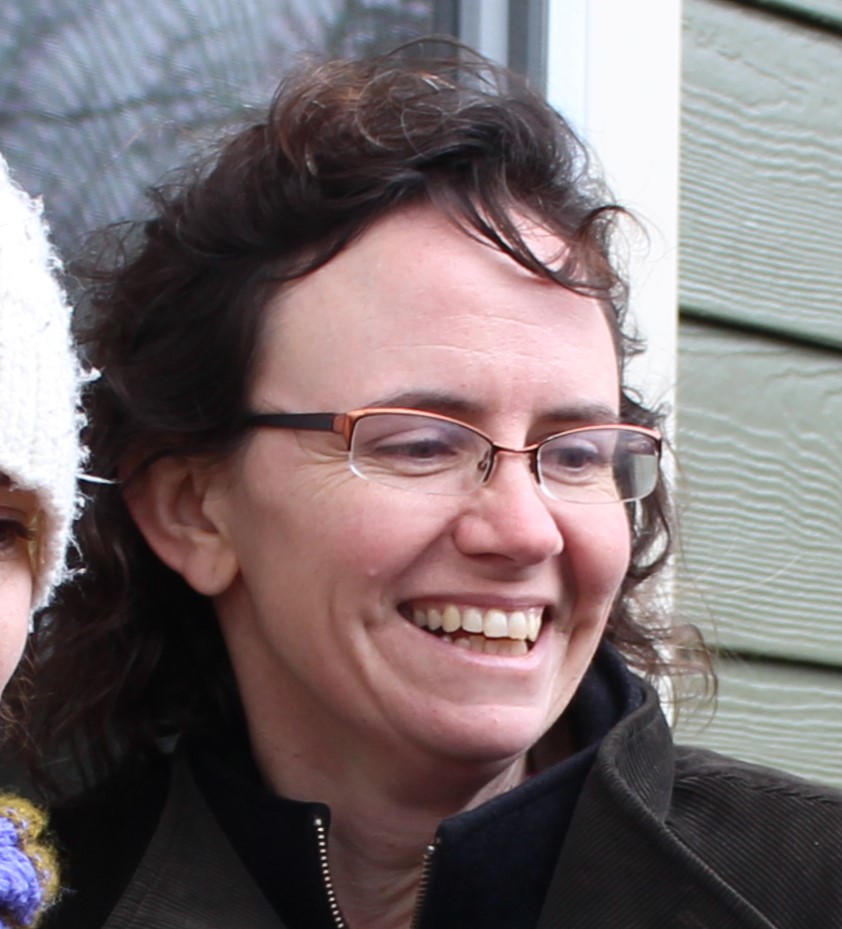
How Have We Maintained a 4.9 Star Rating over all these years?
We can only assume it has to do with our determination to make the subject of permaculture come alive so that it is immediately understandable and useful to our students. We put the same kind of effort into this online course as we always have to our in-person PDCs. We are dedicated teachers, designers and people. If someone is going to trust us with their training, we are going to give them the best that we have.
Why This New Online Training Option?
A personal note from Bill Wilson, our lead designer/trainer at Midwest Permaculture for 18 years …
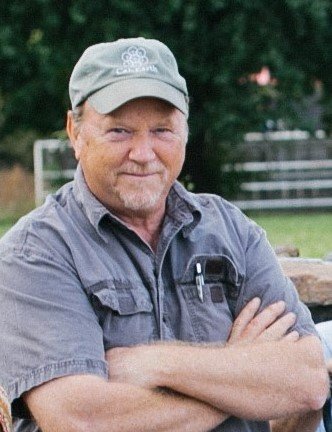 I’m glad you are considering this course. If you have been hoping to take a PDC for a while, but time or resources have not allowed a commitment to one of our live courses, we made this recorded/online option for you.
I’m glad you are considering this course. If you have been hoping to take a PDC for a while, but time or resources have not allowed a commitment to one of our live courses, we made this recorded/online option for you.
Having walked over 2000 students and clients through the foundational permaculture design process, we know how to communicate what is genuinely helpful to bring this subject to life. And for those with specific projects, our goal is to support you with relevant and practical design solutions.
By offering this course in a recorded format, you get to learn from home, eliminate scheduling conflicts, design your own property (if you have that), and receive a phenomenal permaculture training at a much more reasonable price point. This is a true permaculture model in efficiency.
And we won’t hang you out to dry once you purchase the course. 4-times per year set aside 9-Monday evenings in a row to explore the course content with students via our Free Weekly Support Sessions. We’ve been at this for 18-years. We aren’t going anywhere. We’re here to assist.
If this course is right for you, we’d love to have you join our family of Midwest Permaculture students and graduates.
-Bill
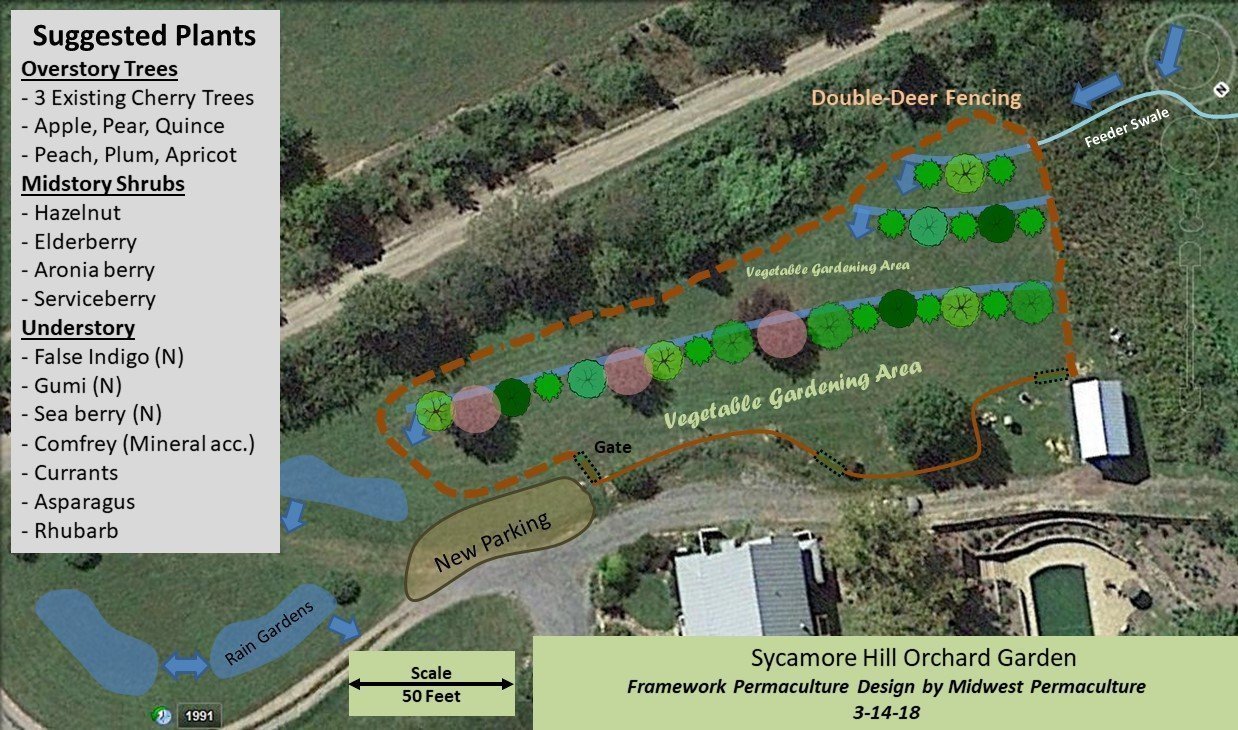
Come Away with a Design for Your Own Property — Or Not.
If you already own a piece of land you are invited to use it for your final design project. One of the greatest advantages of this online course is you can design your own property as you make your way through the course content. Applying what you are learning, to your own property as you go along, is priceless. And if you are earning your PDC Certificate and turning your notes and work in, we too will take a quick look at your final design and give you some feedback, if you would like this.
No Land? No Problem!
About Half of our students have no property
There is much more to permaculture than developing land or building a homestead. We have plenty of students who are mainly interested in the ‘culture’ aspect of ‘Perma-culture.’ In order to create more permanent cultures, we also need to improve our understanding of how things really work in a world where everyone and everything is cared for and appreciated. How we run our businesses, establish our community organizations, set up and run our institutions, and work with others on a personal level, are all essential aspects of permaculture that we will also look at during the PDC.
But this course is also a must for anyone who thinks they might buy or develop land in the future as it gives the student greater insight into what is possible to accomplish on any given piece of land. The course will change the way you look at a property, and you will be able to see opportunities on a landscape that others (or the seller) think are less than ideal and are willing to sell for less when in actuality, it could be a perfect piece of property for a good permaculture design.
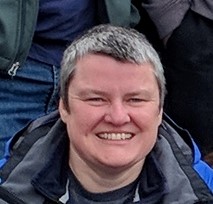
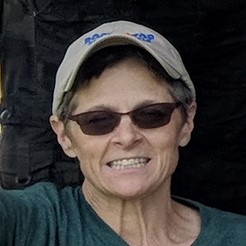
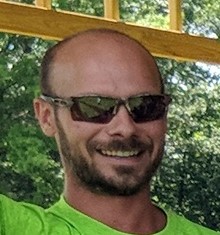
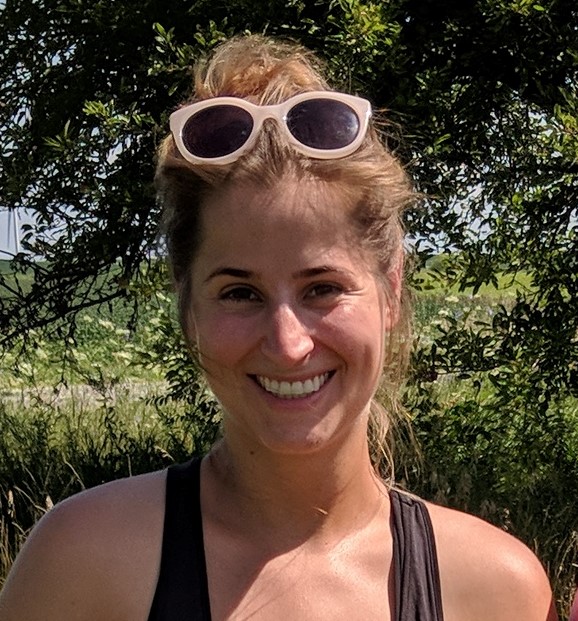
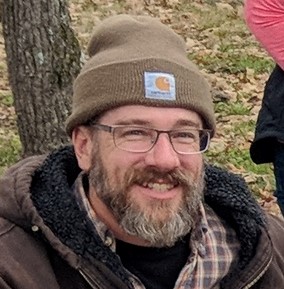

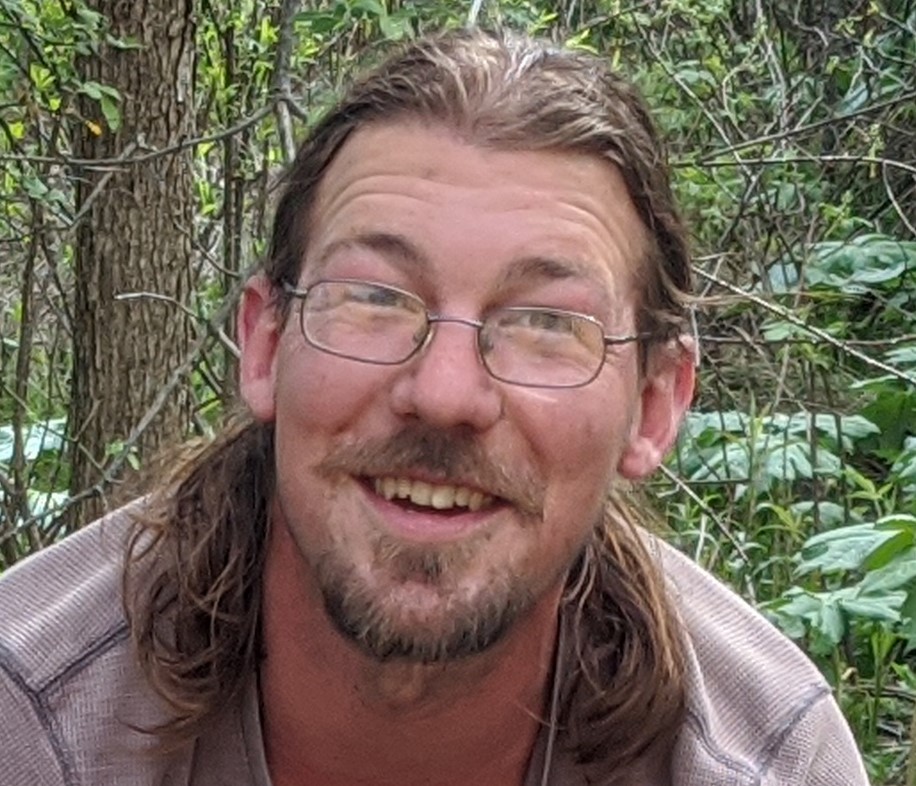
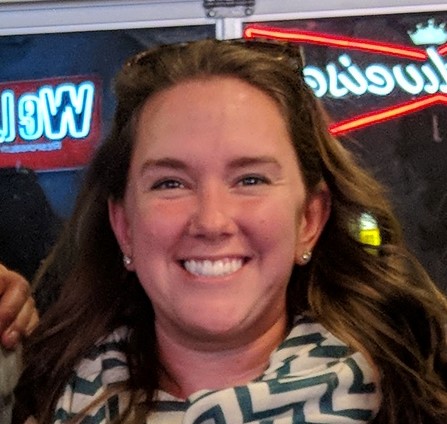
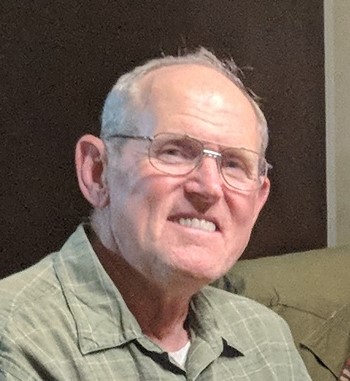
And yes, the PDC course is a great option for teens & young adults! (14+)

“I understand the world around me differently for this course and highly recommend it for all, especially high school students.”
-Kaitlin Smith
CEO of Simple Mills and MWP Graduate
Option 1: Full 72-hour Course
With Certificate
Turn in the notes you took for each webinar and recorded session along with a copy of the design exercises we include. We will quickly review your work to verify that you were exposed to the entire curriculum so that we can award you with the Internationally Recognized PDC Certificate, by Midwest Permaculture. Each certificate is signed by Bill Wilson and will be snail-mailed to you.
(Return to this page if you wish to add the discounted, private consultation to your design goals. It’s posted just below.)
Option 2: Full 72-hour Course
WITHOUT Certificate
You’ll receive our entire 72-hour course with all the nuance of being in the classroom with other students. Work at your own pace. Learn. Find clarity and inspiration. Without earning the certificate, you are free to take notes or not. There is nothing for you to turn in. But do remember, you are free to join us for our Free Weekly Support Sessions each semester season.
(Return to this page if you wish to add the discounted, private consultation to your design goals. It’s immediately below.)
Discounted Consultations
Would you like us to Review your Final Design Project, share our assessment, and make recommendations to you? We offer all students of our Online PDC Course a substantial discount for our design assistance. You’ll find the link to purchase the in your course home page.
(To all our PDC Graduates from years past, this offer is to you as well. Simply contact Becky at to schedule a time and arrange payment.)
- Residential Property up to 1-acre (~1.5 hour Consultation):
List $695– Student Price $495 - Homestead Property 1-10 acres (~1.75 hours Consultation):
List $845– Student Price $645 - Small Farm over 10-acres (~2 hours Consultation):
List $995– Student Price $795
Group Discounts
If a couple or team would like to sign up to earn certificates together, we offer a $200 discount for any additional registrants in an order. That means, the first certificate student signs up for $695, and each other person signs up for $495. Every person in the group will be eligible to receive a certificate if they turn in their own notes and design exercises.
If you need help registering in a group, email
Onlookers Policy
Heck yes. If you have a partner, friends, family members, colleagues, or children, that are also interested in permaculture and want to look over your shoulder during this online training, they are certainly welcome to do so.

Onlooker or Registered Student?
If a potential onlooker is really interested in permaculture and could see themselves becoming more deeply involved in permaculture work, then we would genuinely recommend that they fully enroll separately.
And if you are a couple/team, planning on designing your own permaculture property or homestead, we have found that it really does makes a difference when both people are fully engaged in the training. A lot more goes on in a training than just the transfer of a few cool design concepts.
Taking the PDC fully, and sitting through each session, tends to create a mind and heart shift in most people that cannot be transferred by conversation to others later on. Most students report that they experienced a foundational shift in understanding and awareness that left them more hopeful and certain about how to move forward on their own projects and in life in general. This is an invaluable experience for couples designing a life together. There is almost no way one can describe this training to a partner afterward and have them understand the full meaning and impact of it. We are just sharing this from what students have told us and from what we have observed.
Cancellation and Refund Policy
Should a student decide this course is not for them after purchase, they can cancel their order within 3-days (72-hrs.) and receive a full refund less $195 which is the cost of the Foundations of Permaculture Webinar series. The student also keeps the course resource text (Earth Restorer’s Guide to Permaculture) and accompanying handouts.
The $195 non-refundable portion can be applied as a credit toward any future Midwest Permaculture PDC course for up to 3 years.
Frequently Asked questions
A laptop or desktop computer is all that is needed, and of course, a decent internet connection as most of the course consists of video streaming. If you would like to join us for our live Weekly Support Sessions on Zoom, a webcam and microphone will be necessary. If your laptop or desktop computer does not have a camera or microphone, they are inexpensive to purchase and are easy to plug in.

Probably the better question is, what CAN it be like? We created the course to be as independent or high touch as you’d like. If you would like some structure, join us for any of our seasonal free weekly support sessions hosted on 9 sequential Monday evenings. These are very relaxed and fun sessions where you will be able to meet Bill and some of our teaching team in person as well as other students. Join in if you like, or not. We have a great time!
The PDC is not heavy on digital map making.
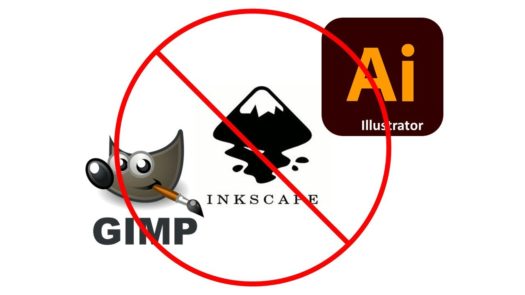
Yes, we will use the internet to gather data on our properties and use observation and some empirical data gathering to analyze and assess what is happening, and then look at what this data means in relation to our vision for the property. But after this, the traditional PDC pulls out paper and pencil to do some very basic designing and mapping.
This being said, few of us use paper and pencil anymore to do design work now that so many basic digital-tools are easily available and understood. So we show our students how to obtain and save information off of the internet and then translate that to simple design presentations using software as basic as Google Slides and Microsoft PowerPoint.
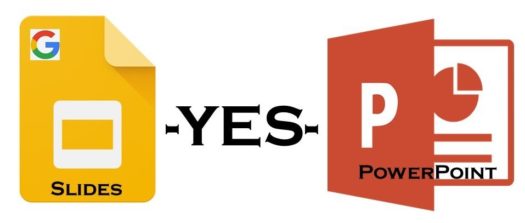 Creating a final design using digital tools is not an expectation or requirement, at all, but most students end up using a digital interface they are familiar with. For those that prefer pen and paper, that’s great. What we are really interested in is the thinking behind the design decisions that are made.
Creating a final design using digital tools is not an expectation or requirement, at all, but most students end up using a digital interface they are familiar with. For those that prefer pen and paper, that’s great. What we are really interested in is the thinking behind the design decisions that are made.
If someone is familiar with Adobe Illustrator or other professional design map-making software they might prefer to use that, but creating a layered design map is not required for the PDC.
